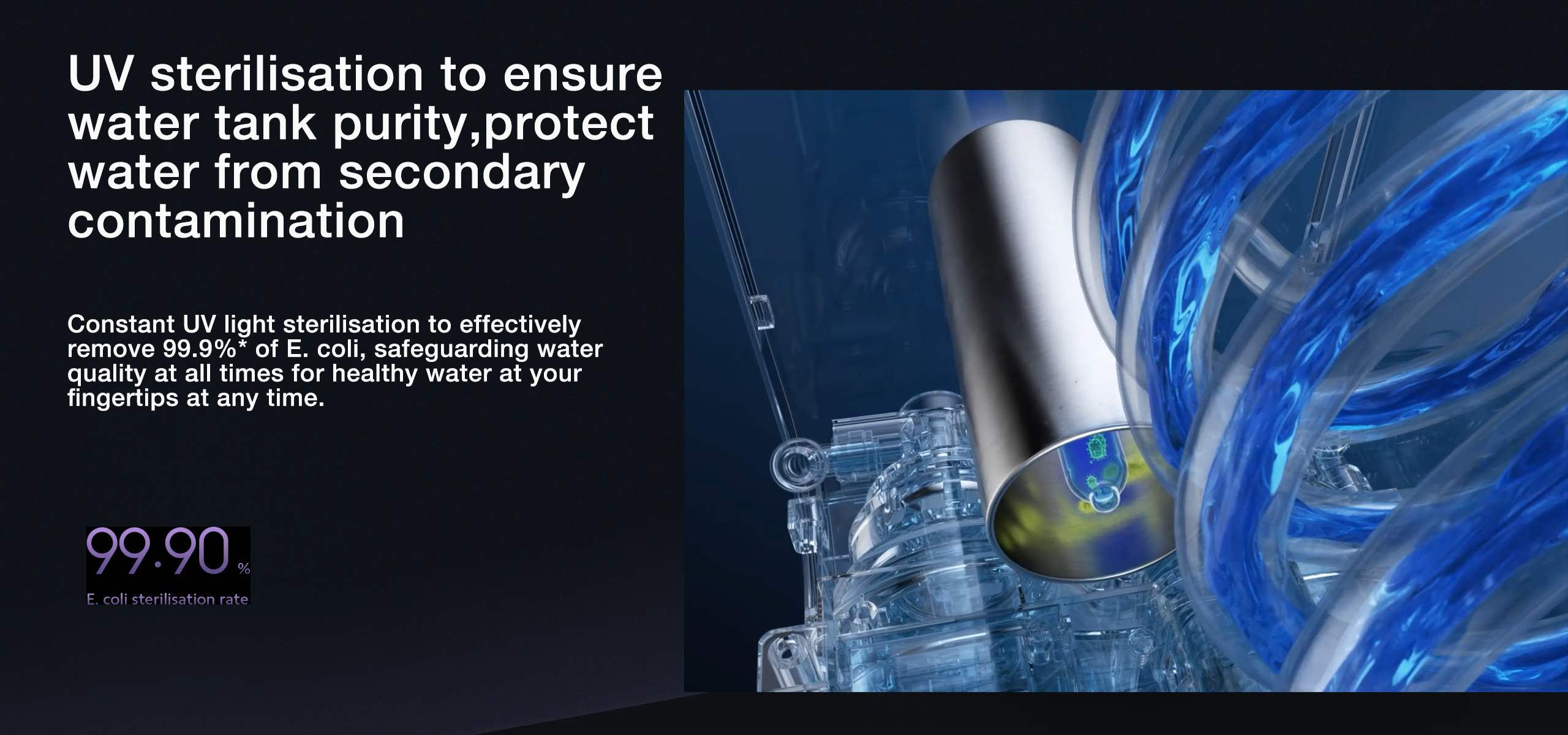 Introduction
Introduction
The rise of the “subscription economy” has disrupted industries from software to automobiles—and now, it’s making waves in the water dispenser market. Enter Water-as-a-Service (WaaS), a model that shifts the focus from product ownership to seamless, sustainable hydration solutions. This blog explores how WaaS is redefining business strategies, consumer expectations, and environmental impact in the global water dispenser industry.
What is Water-as-a-Service?
WaaS bundles dispensers, maintenance, filters, and even water quality monitoring into monthly or annual subscriptions. Customers pay for access, not ownership, while providers retain control over hardware and upkeep. Key players include:
Culligan International: Offers office subscriptions covering installation, repairs, and filter replacements.
Quench USA: Targets gyms and schools with “all-inclusive” plans at
30
–
30–50/month.
Startups like Bevi: Provide smart, flavored-water dispensers with pay-per-use models in co-working spaces.
The WaaS market is projected to grow at 14% CAGR through 2030 (Frost & Sullivan), outpacing traditional sales.
Why WaaS is Gaining Traction
Cost Efficiency for Businesses
No upfront capital for hardware: Offices save ~40% compared to purchasing premium dispensers.
Predictable budgeting: Fixed fees eliminate surprise repair costs.
Sustainability Incentives
Providers optimize filter recycling and unit lifespan, reducing e-waste.
Bottleless systems under WaaS cut plastic use by 80% in corporate settings (Ellen MacArthur Foundation).
Tech-Driven Convenience
IoT sensors auto-order filters and flag maintenance needs, minimizing downtime.
Usage analytics help facilities managers track ROI and employee hydration trends.
Case Study: How Starbucks Brewed Success with WaaS
In 2022, Starbucks partnered with Ecolab to install 10,000 WaaS dispensers across U.S. stores:
Outcome: 50% reduction in single-use cup waste (customers refill reusable bottles).
Tech Integration: Mobile app syncs with dispensers for personalized orders (e.g., “150°F green tea”).
Brand Loyalty: “Hydration Rewards” program boosts customer visits by 18%.
Challenges in the WaaS Model
Consumer Skepticism: 32% of households distrust subscription lock-ins (YouGov).
Logistical Complexity: Managing dispersed units requires robust IoT networks and local technicians.
Regulatory Hurdles: Water quality compliance varies by region, complicating service standardization.
Regional Adoption Trends
North America: Leads with 45% market share; tech campuses like Google’s HQ use WaaS for ESG reporting.
Europe: Circular economy laws (e.g., EU’s Right to Repair) favor WaaS providers offering refurbished units.
Asia: Startups like DrinkPrime in India use WaaS to serve low-income households ($2/month plans).
The Future of WaaS: Beyond Water
Wellness Add-Ons: Bundling vitamin cartridges, electrolyte boosts, or CBD-infused water for premium tiers.
Smart City Integration: Municipal WaaS networks in parks and transit hubs, funded by ad-supported “free hydration zones.”
AI-Powered Water Sommeliers: Dispensers that recommend mineral profiles based on user health data.
Conclusion
Water-as-a-Service isn’t just a billing innovation—it’s a paradigm shift toward resource efficiency and customer-centric hydration. As climate pressures mount and Gen Z embraces access-over-ownership, WaaS will likely dominate the next decade of water dispenser growth. Companies that master this model won’t just sell appliances; they’ll cultivate long-term partnerships, one sip at a time.
Stay subscribed, stay hydrated.
Post time: May-12-2025

